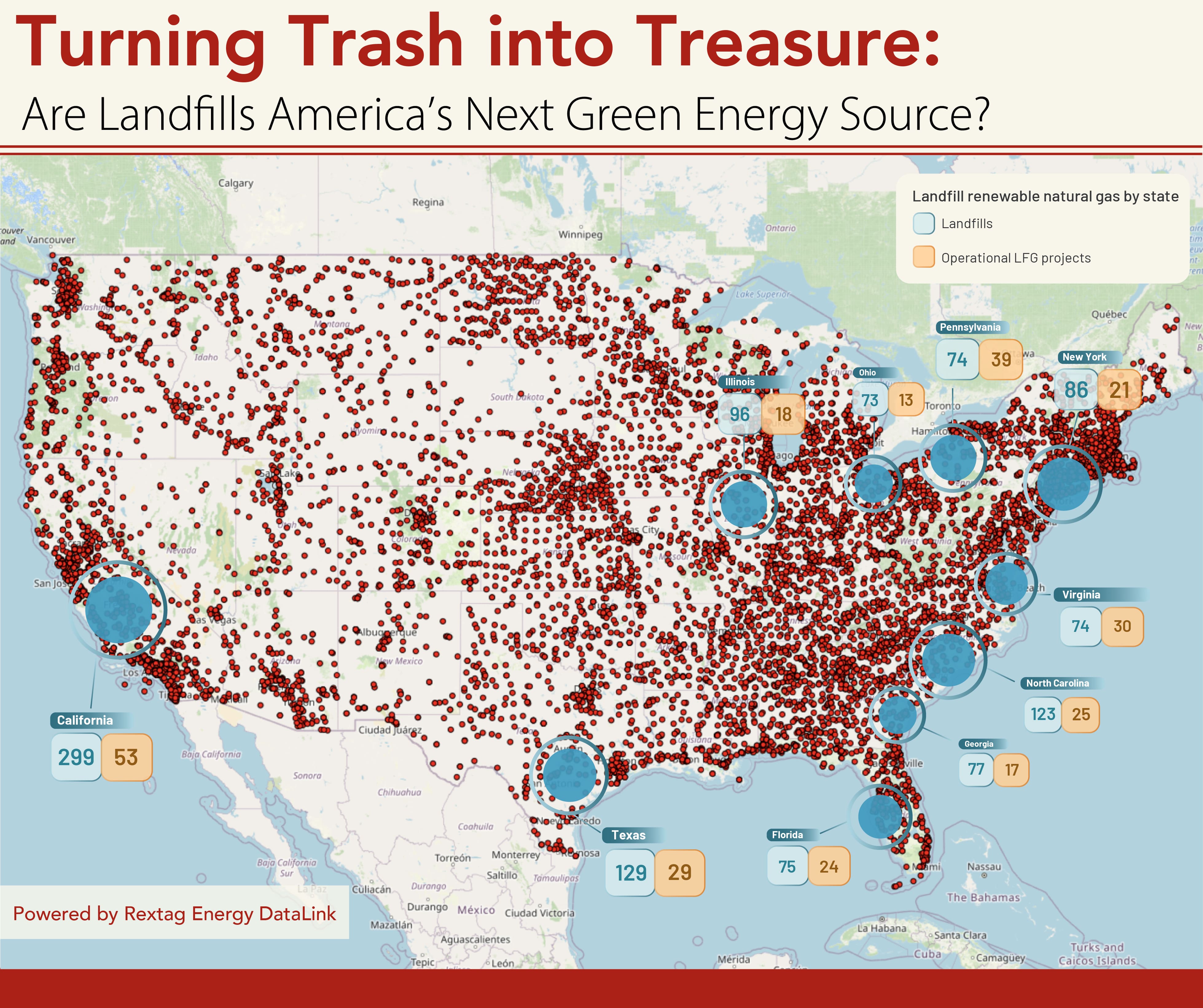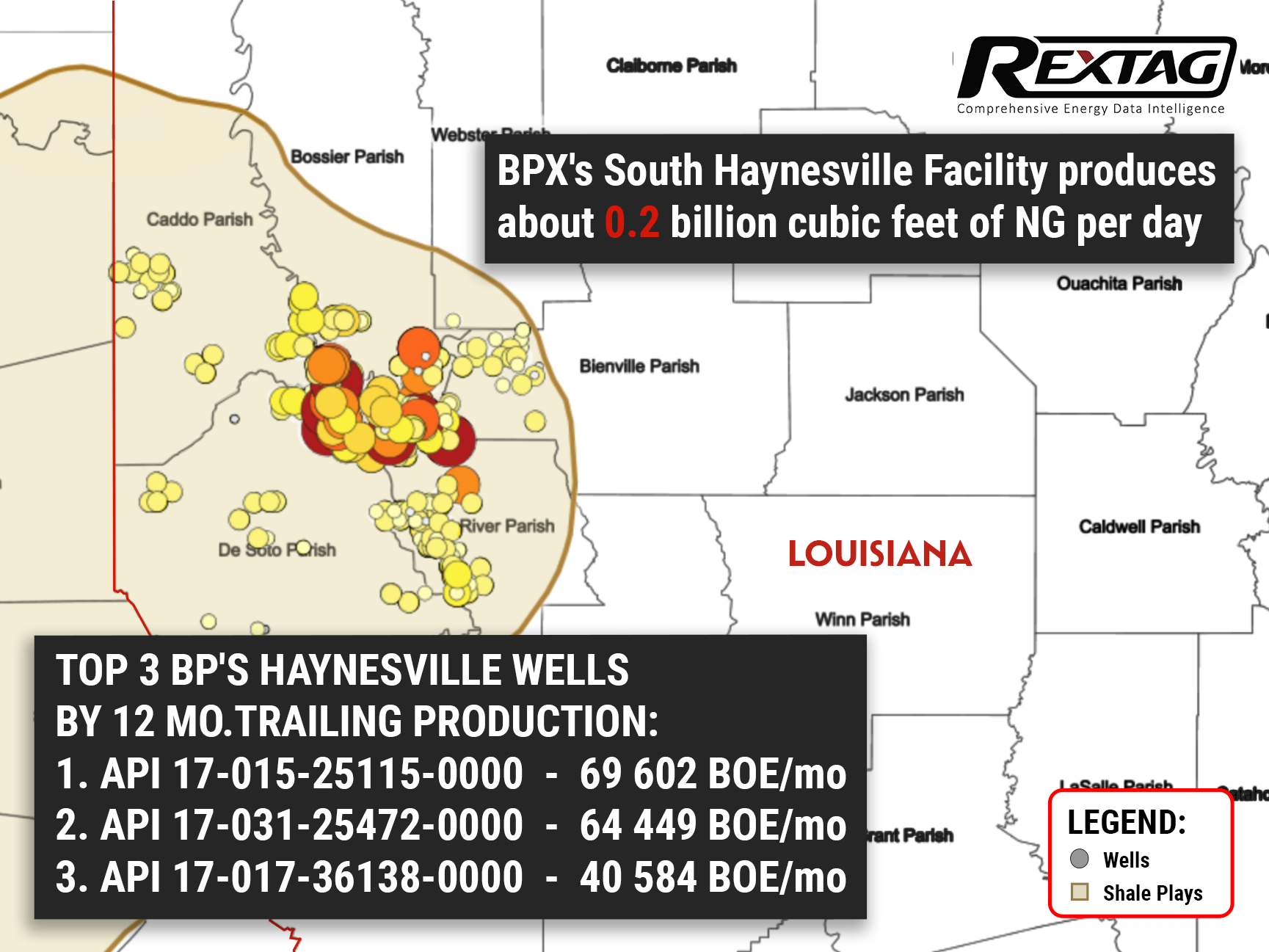Blog
Since days when shale oil and gas technologies were discovered, the U.S. energy industry has been evolving more rapidly than ever before. Many changes are amazing especially when you put them on an industry map. At Rextag not only do we keep you aware of major projects such as pipelines or LNG terminals placed in service. Even less significant news are still important to us, be it new wells drilled or processing plants put to regular maintenance.
Daily improvements often come unnoticed but you can still follow these together with us. Our main input is to “clip it” to the related map: map of crude oil refineries or that of natural gas compressor stations. Where do you get and follow your important industry news? Maybe you are subscribed to your favorite social media feeds or industry journals. Whatever your choice is, you are looking for the story. What happened? Who made it happen? WHY does this matter? (Remember, it is all about ‘What’s in It For Me’ (WIIFM) principle).
How Rextag blog helps? Here we are concerned with looking at things both CLOSELY and FROM A DISTANCE.
"Looking closely" means reflecting where exactly the object is located.
"From a distance" means helping you see a broader picture.
New power plant added in North-East? See exactly what kind of transmission lines approach it and where do they go. Are there other power plants around? GIS data do not come as a mere dot on a map. We collect so many additional data attributes: operator and owner records, physical parameters and production data. Sometimes you will be lucky to grab some specific area maps we share on our blog. Often, there is data behind it as well. Who are top midstream operators in Permian this year? What mileage falls to the share or Kinder Morgan in the San-Juan basin? Do you know? Do you want to know?
All right, then let us see WHERE things happen. Read this blog, capture the energy infrastructure mapped and stay aware with Rextag data!
AI and the Battle for Sustainability: Tackling Landfills, Methane, Exxon Mobil in the Crossfire
The U.S. faces a pressing waste crisis as global waste levels rise and recycling remains largely ineffective. Traditional landfills, responsible for massive methane emissions and water contamination, continue to grow, and the energy-intensive recycling process for plastics remains hotly debated. With artificial intelligence (AI) now revolutionizing landfill management and pushing energy companies like Exxon Mobil to address their role in plastic waste, the question is: can technology bring us closer to a sustainable future?
Turning Trash into Treasure: Are Landfills America’s Next Green Energy Source?
Landfills are essential to America’s waste management system, yet they face several operational, environmental, and regulatory challenges. With over 2600 active municipal solid waste (MSW) landfills across the country, they occupy an average of more than 600 acres, which is roughly equivalent to 500 football fields. Methane emissions from landfills contribute significantly to global warming, accounting for 15.1% of U.S. methane emissions. As the waste sector is a major contributor to methane emissions, there is a growing emphasis on improved monitoring, reduction technologies, and the integration of renewable natural gas (RNG) solutions to mitigate the impacts of these emissions.
Christmas tree and Santa Against Permian Methane Emissions
Once upon a Christmas, Santa Claus, while checking his list, noticed something different. Far away in Texas, there was a place called the Permian Basin, not filled with snow, but with oil fields. These fields were letting out a gas called methane, which wasn't good for the air. Santa, always caring for our planet, decided this year he'd do something about it. So, he set off on a special journey, with his bag of toys and a plan to help the Earth. Let's join Santa on this unique adventure as he tries to make the Permian Basin a bit greener this Christmas.


 - Christmas tree and Santa Against Permian Methane Emissions.png)
